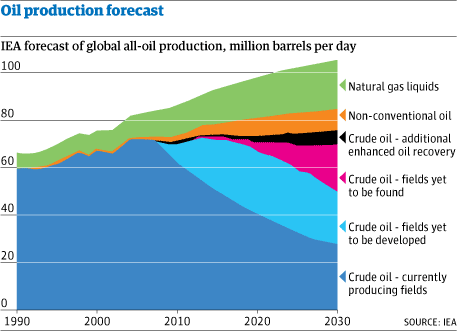
Buildings last for decades, so increasing their green credentials can have a long-term impact on our energy consumption
30 November 2009 - Killer typhoons in Taiwan and China ... a failed monsoon in India ... the United Nations secretary-general pleading for action on climate change, while politicians argue over who will bear the costs.
But, instead of bickering while the planet heats up, policymakers should embrace one of the cheapest ways of cutting the air pollution: by making buildings more efficient.
Surprisingly, buildings account for about one-third of global energy use. Transportation, mostly cars, accounts for roughly another one-third. Factories and mines make up the rest. A lot of attention has gone into making cars and factories more efficient since the first global energy shocks of the 1970s. Yet most buildings are bigger energy hogs than a fleet of SUVs. Given advances in technology in everything from window glass to air conditioners, change can come for no net cost.
The World Business Council for Sustainable Development, which produced a landmark study on the topic, contends that buildings should put back into the system at least as much energy as they take out. The consultancy McKinsey & Company notes that a number of key energy efficiency technologies for buildings offer payback periods of less than a year and could have a dramatic impact on greenhouse-gas emissions.
More >>>



